The Camino Primitivo, otherwise known as the Primitive Way, is the original and oldest pilgrimage to Santiago de Compostela. Though many frequented the route back in the 9th and 10th centuries, now less than 5% of pilgrims walk this trail. Impressively scenic and diverse, the Camino Primitivo is one of the hardest routes; with technical terrain, undulating paths, mountain climbs, and elevation changes, this promenade demands stamina.
This sequestered experience walking the Camino Primitivo provides the optimal environment for self-reflection and reconnection. Wander through the lush countryside, navigate the mountainous region of Galicia and walk through charming medieval towns that exhibit the history and religiosity of Northern Spain. Immerse yourself in nature and disconnect from the real world along the Camino Primitivo. Planning an epic adventure such as this one can be time-consuming, so let us help!
Camino Primitivo Itinerary
The Camino Primitivo rewards pilgrims with the best of both worlds—secluded countryside walk and lively treks with like-minded adventurers. Merging with walkers of the Camino Francés in Melide, the last leg of the hike to Santiago de Compostela presents the perfect opportunity to socialize with other explorers. Though this short walk can be completed in as little as 12 days, many pilgrims hop on in Lugo to satisfy the benchmark to receive a Compostela. If you are hoping to walk the entirety of the trek from Oviedo to Santiago de Compostela, make sure to do some conditioning. Check out our extensive preparation guide for the Camino de Santiago for tips and tricks on how to best train for your upcoming journey!
The Camino Primitivo is ideal for intrepid adventurers, boasting impressive scenery and technical terrain. Travelling through diverse topographies warrants ever-changing weather conditions, so check out our ultimate packing list for the Camino de Santiago to best prepare for various climates along the route. Just like you, we want to make sure you have the best experience possible along the Camino.
Feeling overwhelmed with all of these preparation and packing tips? We’ve got you. Consider cancelling out the planning process by replacing it with the pre-planned Camino Primitivo tour instead!
Either way, get a sense of what journeying the Camino Primitivo entails via the itinerary below!
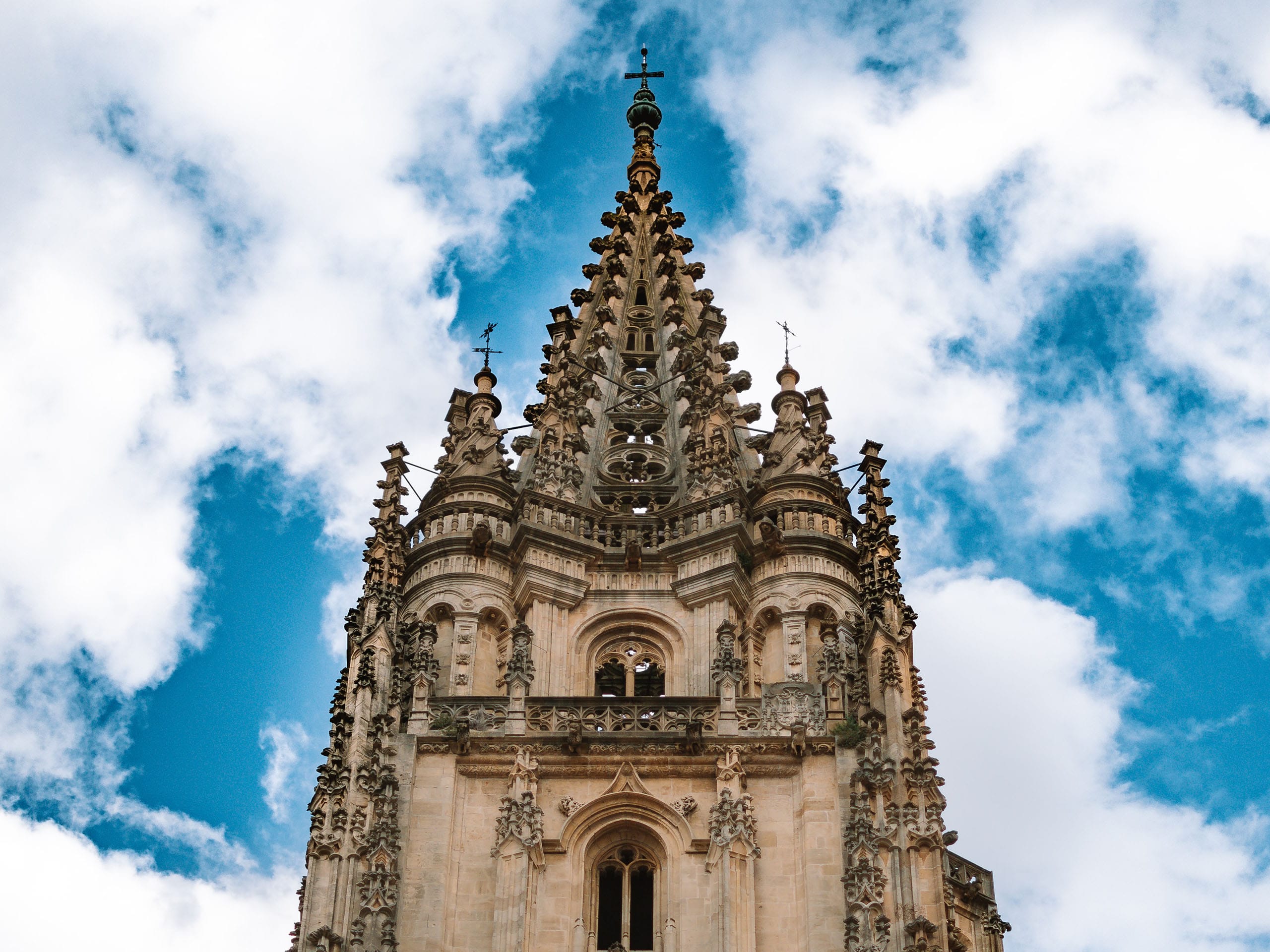
Day 1: Arrival in Oviedo
Fly into the Asturias Airport then take a bus to Oviedo. Check into your accommodations and head out into the city to explore. Make sure to head to the Oviedo Cathedral and the historical city’s center. Don’t forget to get some rest before you start your exciting adventure!
Accommodations: Albergue de Peregrinos de El Salvador
Day 2: Oviedo to San Juan de Villapañada
Today is your first day of walking—how exciting! Walk the undulating path through forests and meadowlands alongside the Nora and Nalón Rivers before a steep technical climb up to San Juan de Villapañada.
Distance: 16.8mi
Accommodations: Albergue de Peregrinos de San Juan de Villapañada
Day 3: San Juan de Villapañada to Salas
Day 3 begins with a vertiginous descent into Narcea Valley to the monastery of San Salvador, which is well worth exploring. Follow the Nonaya River, climbing up to Salas, where you will end your day.
Distance: 11.2mi
Accommodations: Albergue de Peregrinos de Salas
Day 4: Salas to Tineo
Lace-up your hiking boots and begin climbing up to La Espina on day 4. Trek through oak and chestnut forests up to Tineo.
Distance: 12.4mi
Accommodations: Albergue de Peregrinos Mater Christi
Day 5: Tineo to Pola de Allande
Wander through the hilly terrain, steeply climbing through a dense forest before sharply descending to Pola de Allande. Make sure to get some rest after your day of walking, as tomorrow is the most challenging and exhausting day of your pilgrimage.
Distance: 16.2mi
Accommodations: Albergue de Peregrinos de Pola de Allande
Day 6: Pola de Allande to La Mesa
Today presents a challenging trek, climbing up to the summit of Puerto del Palo. The expansive vistas of the Cantabrian Mountains will motivate even the most discouraged travellers. End your day in La Mesa.
Distance: 13.7mi
Accommodations: Albergue de Peregrinos de La Mesa
Day 7: La Mesa to Grandas de Salime
Begin your day with a long descent into Embalse de Salime. As you climb down, you will be rewarded with epic views of the Navia River hemmed by impressive mountains. From the reservoir, pilgrims will have a gentle ascent to Grandas de Salime.
Distance: 9.3mi
Accommodations: Albergue de Peregrinos de Grandas de Salime

Day 8: Grandas de Salime to A Fonsagrada
Today you will move from the province of Asturias into Galicia. Climbing from Grandas de Salime to El Acebo, the panoramic views of the lush countryside and the Cantabrian Mountains will astound you. End your day in A Fonsagrada, a charming and culturally rich town.
Distance: 15.5mi
Accommodations: Albergue de Peregrinos Ramón Rodríguez
Day 9: A Fonsagrada to O Cádavo
Wandering through farmlands and lush grasslands, you will eventually pass the ruins of Hospital de Montouto. Founded in the 14th century, it was once the most important of the pilgrim hospitals along the Camino.
Distance: 14.9mi
Accommodations: Albergue de Peregrinos de O Cádavo (Baleira)
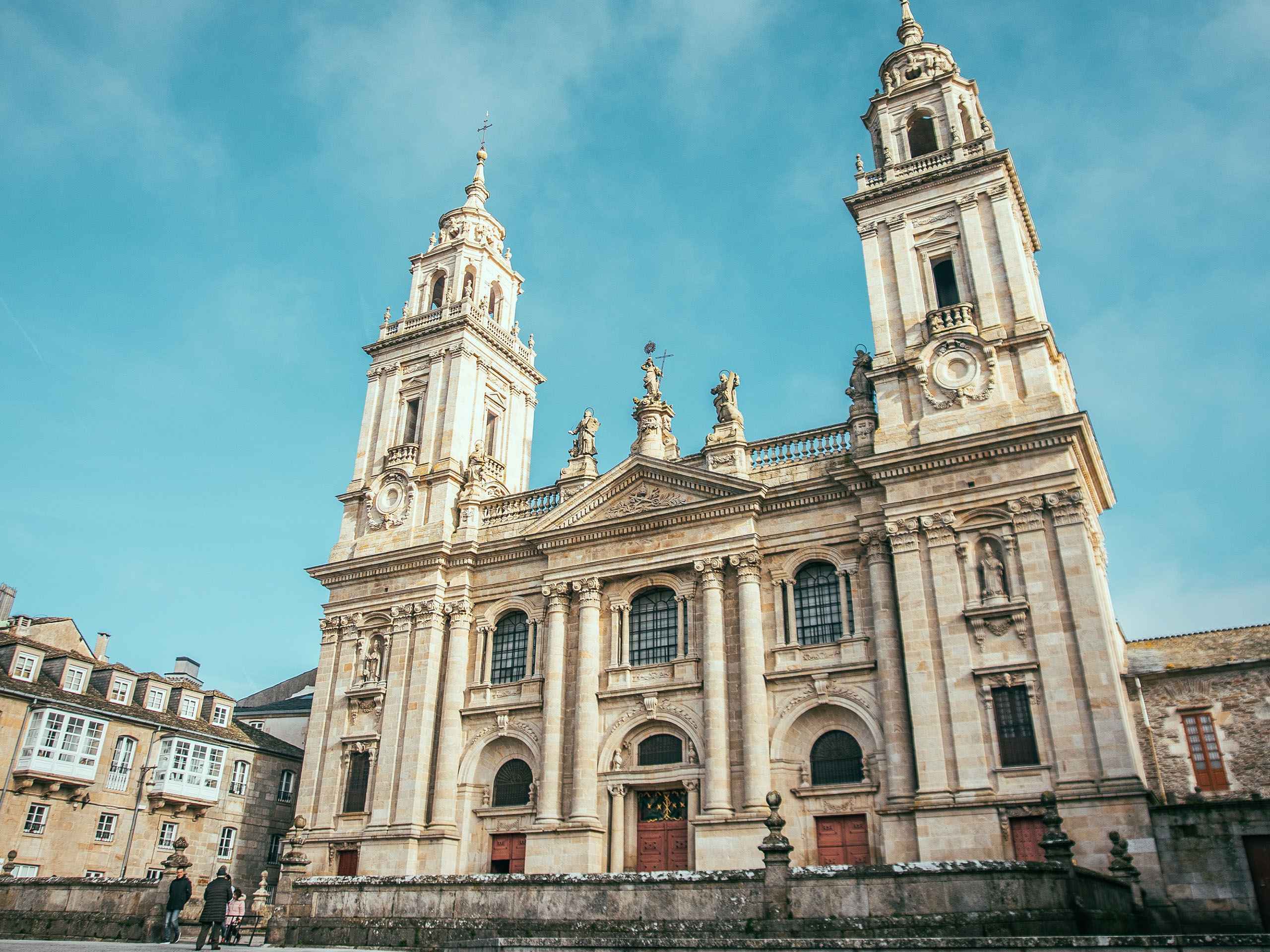
Day 10: O Cádavo to Lugo
After walking through luxuriant farmlands, day 10 will end in Lugo, a charming city encircled by the UNESCO-listed Roman Walls. Explore the charming town by way of cobblestone streets and enjoy the cathedrals that litter the city.
Distance: 18.6mi
Accommodations: Albergue de Peregrinos de Lugo
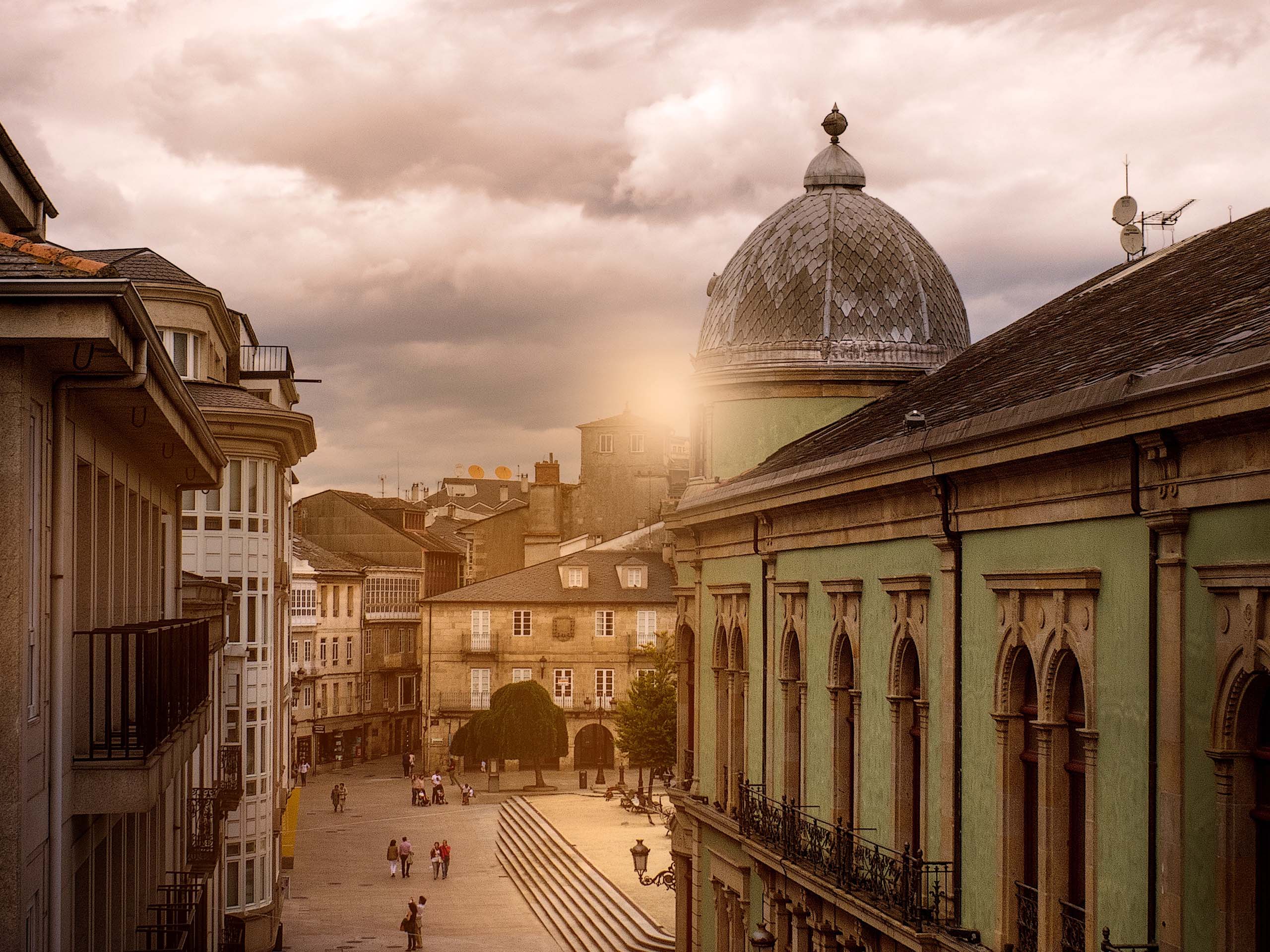
Day 11: Lugo to San Romao
Today you will likely be hiking in the company of new comrades as Lugo is where many pilgrims, including those trekking out Camino Primitivo walking tour, hop on to satisfy the benchmark to receive an official Compostela.
Distance: 12.4mi
Accommodations: Albergue de Peregrinos de San Romao da Retorta

Day 12: San Romao to Melide
Follow the original tracks of the Original Way through charming villages and hamlets. End your day in Melide and sample pulperías, a traditional octopus’ dish. In Melide, you will also be joined by pilgrims of the Camino Francés.
Distance: 17.4mi
Accommodations: Albergue de Peregrinos de Melide
Day 13: Melide to Arzúa
Now in the company of many other like-minded individuals, pilgrims will wander through forestlands, vast meadows, and farmlands to Arzúa. In the center of dairy country, be sure to try some of the local cheese in Arzúa!
Distance: 8.7mi
Accommodations: Albergue de Peregrinos de Arzúa
Day 14: Arzúa to Pedrouzo
Let the excitement of the last push to the cathedral motivate you. Your tired feet will appreciate day 14 as you wander through peaceful forests and meadows to Pedrouzo.
Distance: 11.8mi
Accommodations: Albergue de Peregrinos de Arca – O Pino
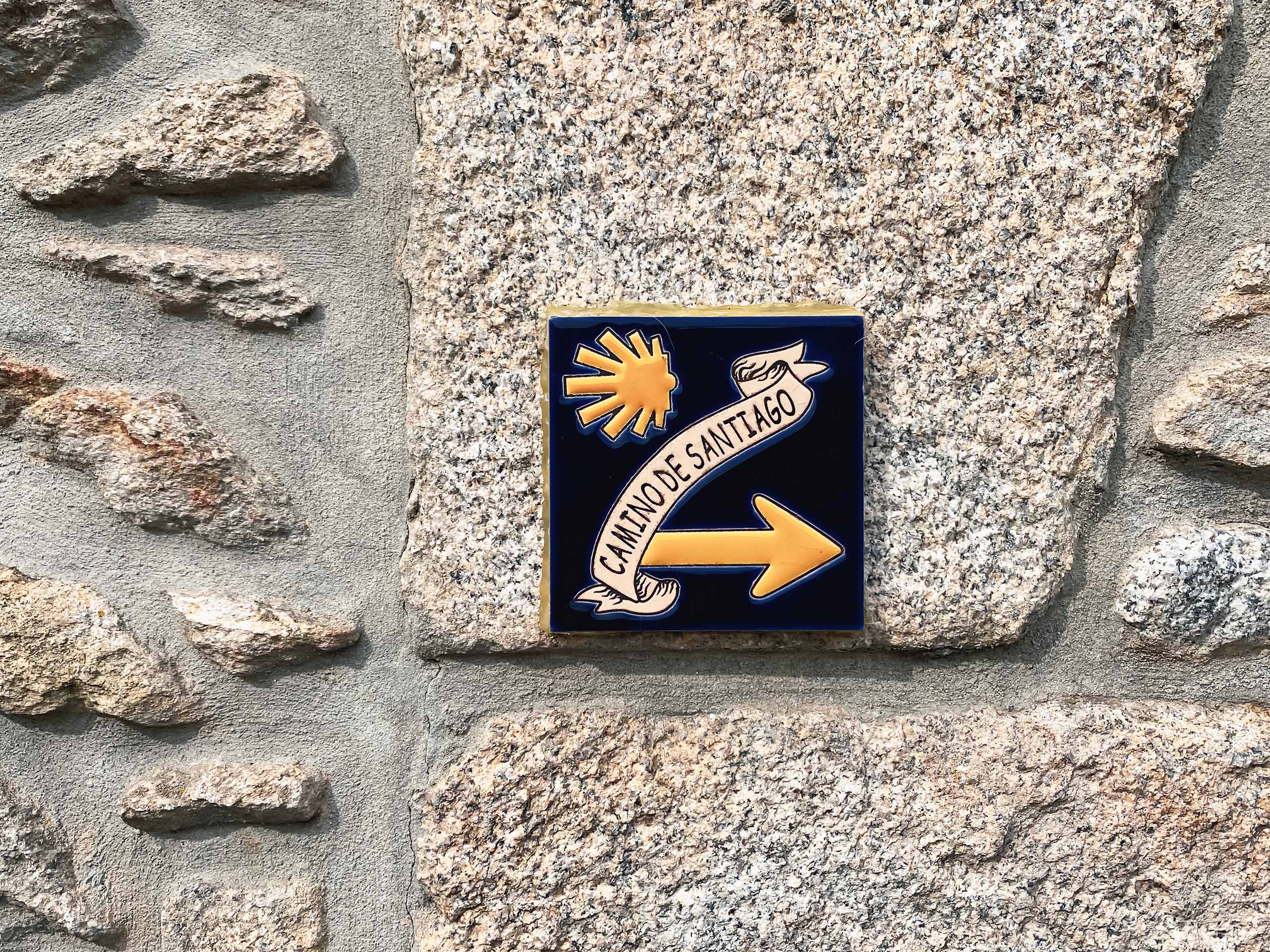
Day 15: Pedrouzo to Santiago de Compostela
Today is your final day of walking. Surround yourself with other eager pilgrims as you begin your final walk to the cathedral. Head out in the early morning to place yourself in Santiago de Compostela for the daily mass at noon. Don’t forget to head to the Official Pilgrim’s Office to get your Compostela. Enjoy the rest of the day and reward yourself with vino and tapas—it’s well deserved.
Distance: 11.8mi
Accommodations: Albergue Parroquial Fin del Camino
Day 16: Departure from Santiago de Compostela
Admire the pilgrim-laden, vibrant city of Santiago de Compostela and let Santiago’s UNESCO-listed old town fascinate you. Stay another few days exploring the historically and religiously rich city or take off to your home base.
The Best Season to Walk the Camino Primitivo
Like many of the other Santiago de Compostela routes, the Primitive Way is best walked in the warmer months. Though the Camino Primitivo is sequestered and unfrequented compared to the other pilgrimages, its busiest months are July and August—when the weather is best. If you are seeking a social walk with fellow adventurers, then the peak summer months are great. If you are hoping for a more secluded adventure to reflect and reconnect, then we suggest walking in May, June, or September when the weather is still ideal. Although this route can be ventured year-round, the primitiveness of the route warrants closed albergues and unmaintained paths in the off-season, so we do not recommend walking then. If you are curious about the pilgrimage routes’ seasonality, then check out our guide on the best seasons to walk the Camino de Santiago for more information.
If you are seeking more information about the Camino de Santiago in general, check out our extensive Camino de Santiago guide, which divulges each route’s distance, weather, required documentation, and more.
About the Camino Primitivo
Given the name the Original Way, Camino Primitivo, or Primitive Way, this route was reportedly walked by the first-ever pilgrim, Spanish King Alfonso II. King Alfonso II was the King of Asturias, Spain, until 842CE. When the remains of St. James were discovered in Galicia, it is rumored that the King himself went to the Catholic church to help determine the authenticity of the discovery. King Alfonso II was also the figure who ordered the building of the original basilica in Santiago. As the Santiago de Compostela cathedral was being built for St. James, the King established the Camino Primitivo in the 9th century and guarded it to protect the pilgrims walking to the religious relic in Galicia.
The Winter Way passes through two Spanish provinces, Asturias and Galicia, which exhibit the beauty and diversity of Northern Spain. Though there are various incentives for completing the Santiago de Compostela pilgrimages, the Primitive Way seemingly attracts those chasing spiritual or religious enlightenment. No matter the reason for attempting such a demanding feat, getting that Compostela at the end of the Camino will undoubtedly provoke a sense of personal achievement. If the Camino Primitivo isn’t exactly what you are searching for, check out our Camino de Santiago tours in Spain, where you may find a trek more to your liking.
Feeling fancy? Consider a Camino de Santiago tour in luxury– ditching the hostel for hotels with luggage transportation, what a treat!
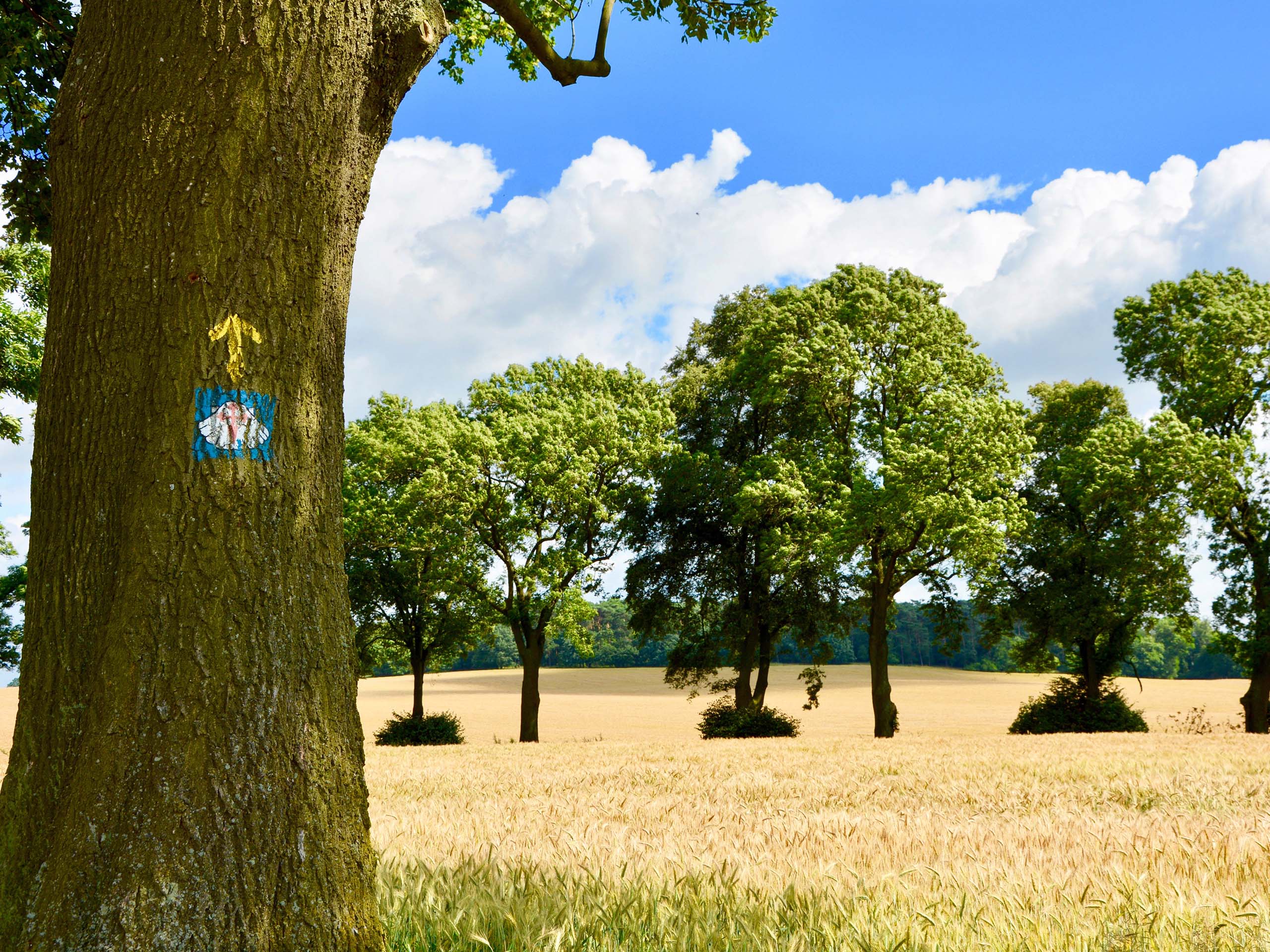
Frequently Asked Questions about the Camino Primitivo
How long is the Camino Primitivo?
The Camino Primitivo travels 194.5mi through the provinces of Asturias and Galicia of Spain.
What is the difference between the Camino de Santiago and the Camino Primitivo?
The Camino Primitivo is one of many Camino de Santiago routes that leads to Santiago de Compostela. The Primitive Way is the original Camino route that was established in the 9th century by King Alfonso II.
Where do I fly into for the Camino Primitivo?
The easiest way to get to Oviedo, which is the beginning of the Camino Primitivo, is by flying into the Asturias Airport. From the airport, take an hour bus ride down to the city of Oviedo.
How long does it take to walk the Camino Primitivo?
Generally, it takes 2 weeks to walk the Camino Primitivo. Pilgrims can complete the route in as little as 12 days.
How difficult is the Camino Primitivo?
The Camino Primitivo is considered one of the most challenging Camino de Santiago routes. Travelling over 198.8mi the pilgrimage undulates and tracks up and down many steep hills.
How do you train for the Camino Primitivo?
The Original Way is a challenging pilgrimage to the Camino de Santiago, travelling over 198.8mi through steep and undulating terrain. A great way to condition for the pilgrimage is to walk 4-5 times a week through different terrains.
Camino de Santiago Trip Planning Articles
- Discover the Camino de Santiago
- Camino Planning: Best time to Walk the Camino
- Camino Planning: How to prepare to Walk the Camino
- Camino Planning: What to pack for your Camino
- Route Guide for the Camino Frances
- Route Guide for the Camino Finisterre
- Route Guide for the Camino Portugues
- Route Guide for the Camino Ingles
- Route Guide for the Camino del Norte
- Route Guide for the Camino Via de la Plata
- Route Guide for the Camino Invierno
- Interesting Camino de Santiago Facts

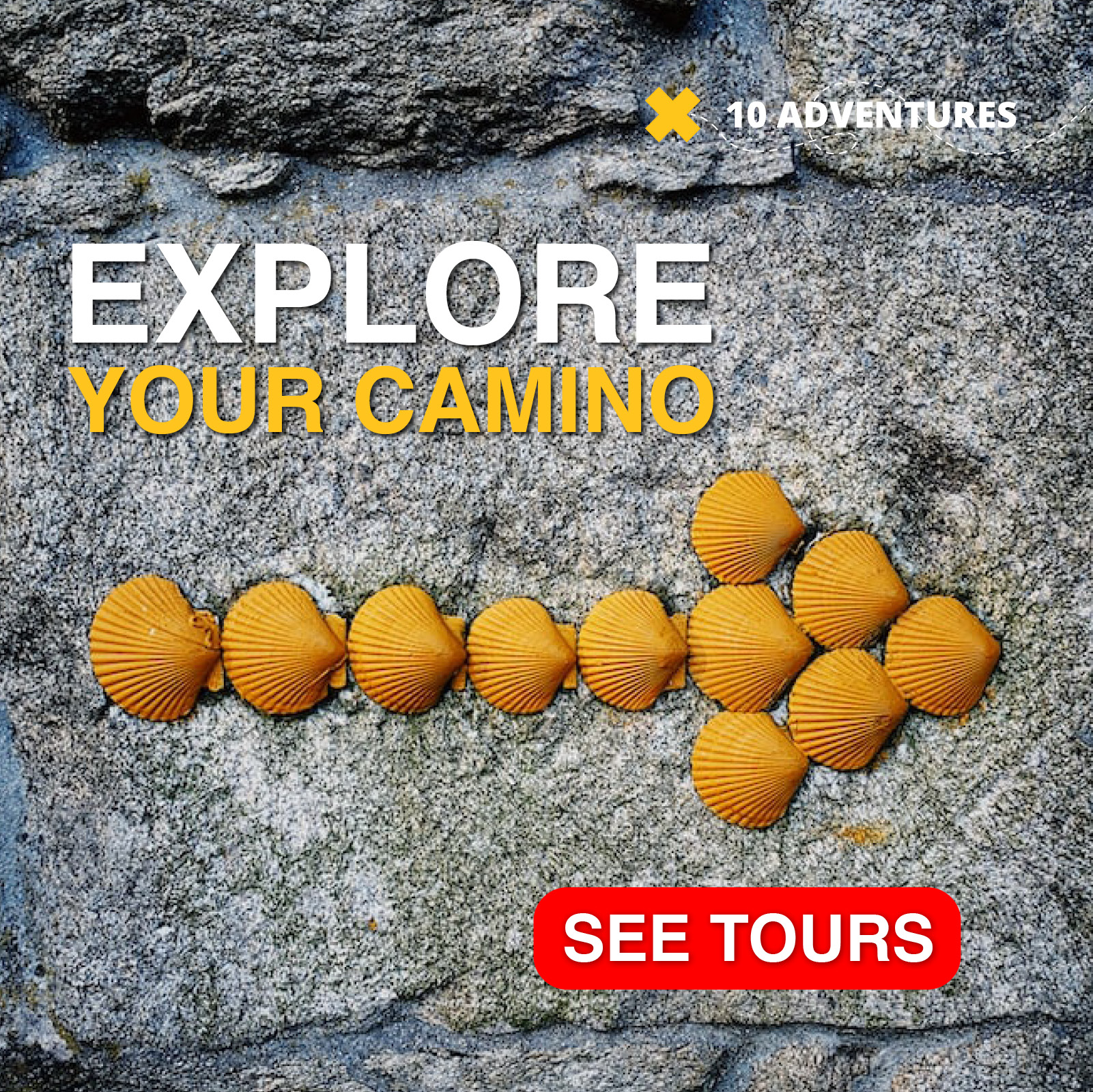
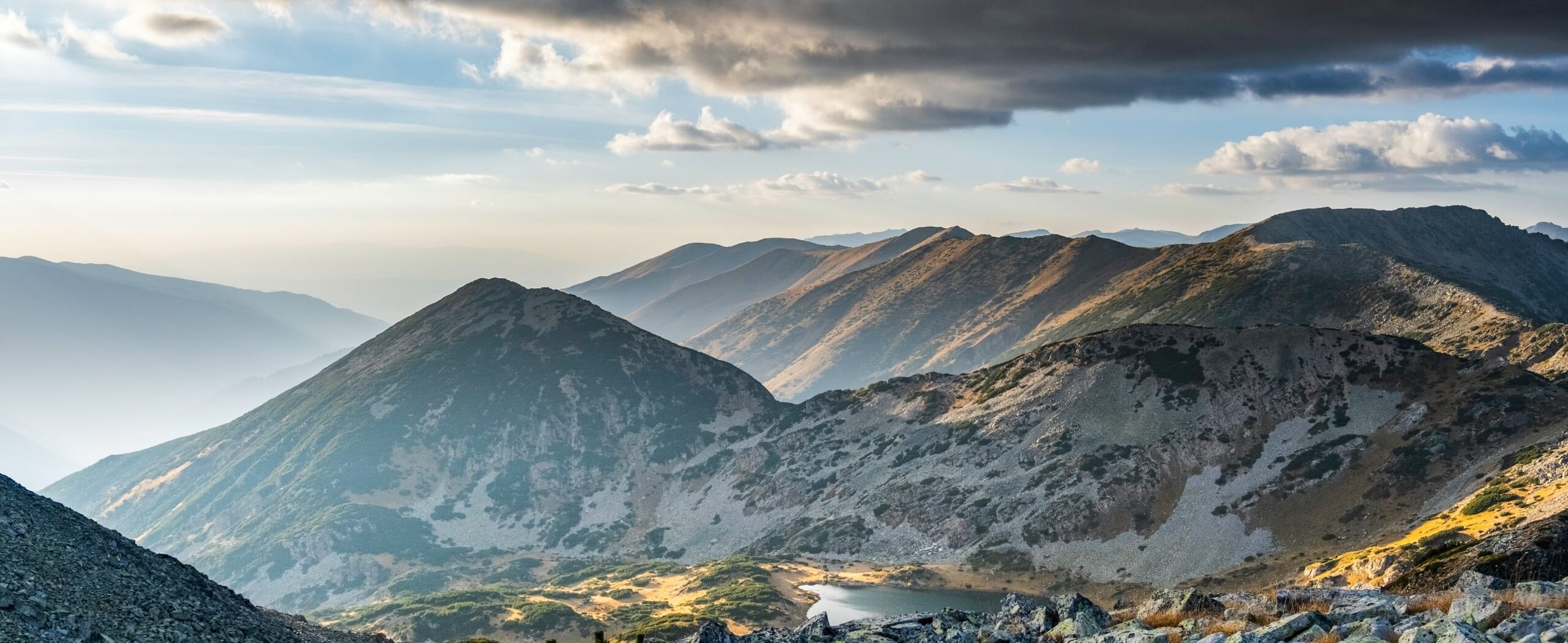


Comments